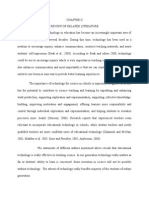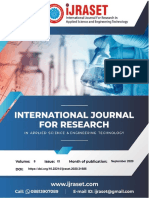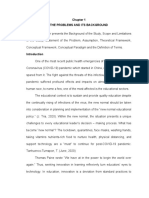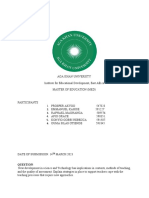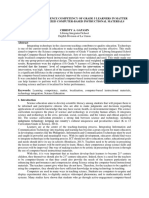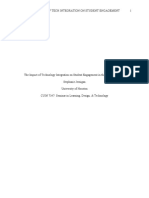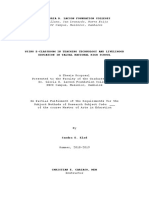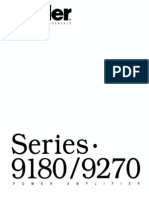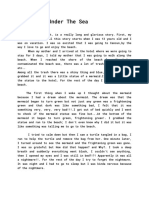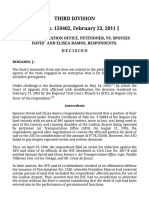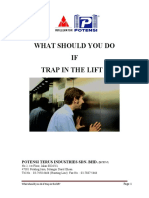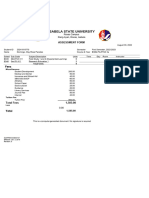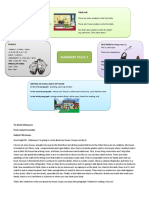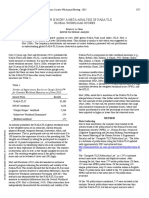0% found this document useful (0 votes)
5 views25 pagesTechnology Integration SAMPLE
This thesis explores the integration of technology in science education, particularly in the context of the COVID-19 pandemic, which necessitated a shift to online and remote learning methods in the Philippines. It highlights the challenges faced by science teachers in effectively incorporating technology into their teaching practices, as well as the importance of the Technological Pedagogical Content Knowledge (TPACK) framework in guiding this integration. The study aims to gather insights from science teachers' experiences to better understand their technology use and inform future professional development initiatives.
Uploaded by
gabonada.kamCopyright
© © All Rights Reserved
We take content rights seriously. If you suspect this is your content, claim it here.
Available Formats
Download as PDF, TXT or read online on Scribd
0% found this document useful (0 votes)
5 views25 pagesTechnology Integration SAMPLE
This thesis explores the integration of technology in science education, particularly in the context of the COVID-19 pandemic, which necessitated a shift to online and remote learning methods in the Philippines. It highlights the challenges faced by science teachers in effectively incorporating technology into their teaching practices, as well as the importance of the Technological Pedagogical Content Knowledge (TPACK) framework in guiding this integration. The study aims to gather insights from science teachers' experiences to better understand their technology use and inform future professional development initiatives.
Uploaded by
gabonada.kamCopyright
© © All Rights Reserved
We take content rights seriously. If you suspect this is your content, claim it here.
Available Formats
Download as PDF, TXT or read online on Scribd
/ 25

















